Best English Ivy Companion Plants That Will Thrive Together
English ivy (Hedera helix) is a versatile plant that can be used in a variety of ways in the garden. It can be grown as a groundcover, a climber, or even in a container. English ivy is relatively easy to care for and is drought-tolerant once established. However, it is important to choose companion plants that will thrive in the same conditions as English ivy.
In this blog post, we will discuss some of the best companion plants for English ivy. We will also provide some tips on how to plant and care for these plants together.
## Companion Plants for English Ivy
When choosing companion plants for English ivy, it is important to consider the following factors:
- Sunlight: English ivy can tolerate a wide range of light conditions, but it prefers partial shade. Avoid planting English ivy in full sun, as this can scorch its leaves.
- Water: English ivy is drought-tolerant once established, but it needs regular watering during the first year of growth. Water your English ivy deeply and infrequently.
- Soil: English ivy prefers well-draining soil. If your soil is heavy clay, you may need to add some sand or compost to improve drainage.
- Pests and diseases: English ivy is relatively resistant to pests and diseases. However, it can be susceptible to scale, aphids, and spider mites. If you see any pests on your English ivy, treat them immediately with an insecticidal soap or neem oil.
Here are some of the best companion plants for English ivy:
- Ferns: Ferns are a good choice for companion plants for English ivy because they have similar light and water requirements. Ferns also add a touch of elegance and sophistication to any garden.

- Hostas: Hostas are another good choice for companion plants for English ivy. They come in a variety of colors and sizes, so you can find the perfect hosta to complement your English ivy. Hostas also help to suppress weeds and improve soil quality.

- Liriope: Liriope is a low-maintenance plant that is drought-tolerant and deer-resistant. It also blooms in the summer, adding a touch of color to your garden.
- Heucheras: Heucheras are known for their colorful foliage. They come in a variety of colors, so you can find the perfect heuchera to complement your English ivy. Heucheras also bloom in the spring, adding a touch of color to your garden.
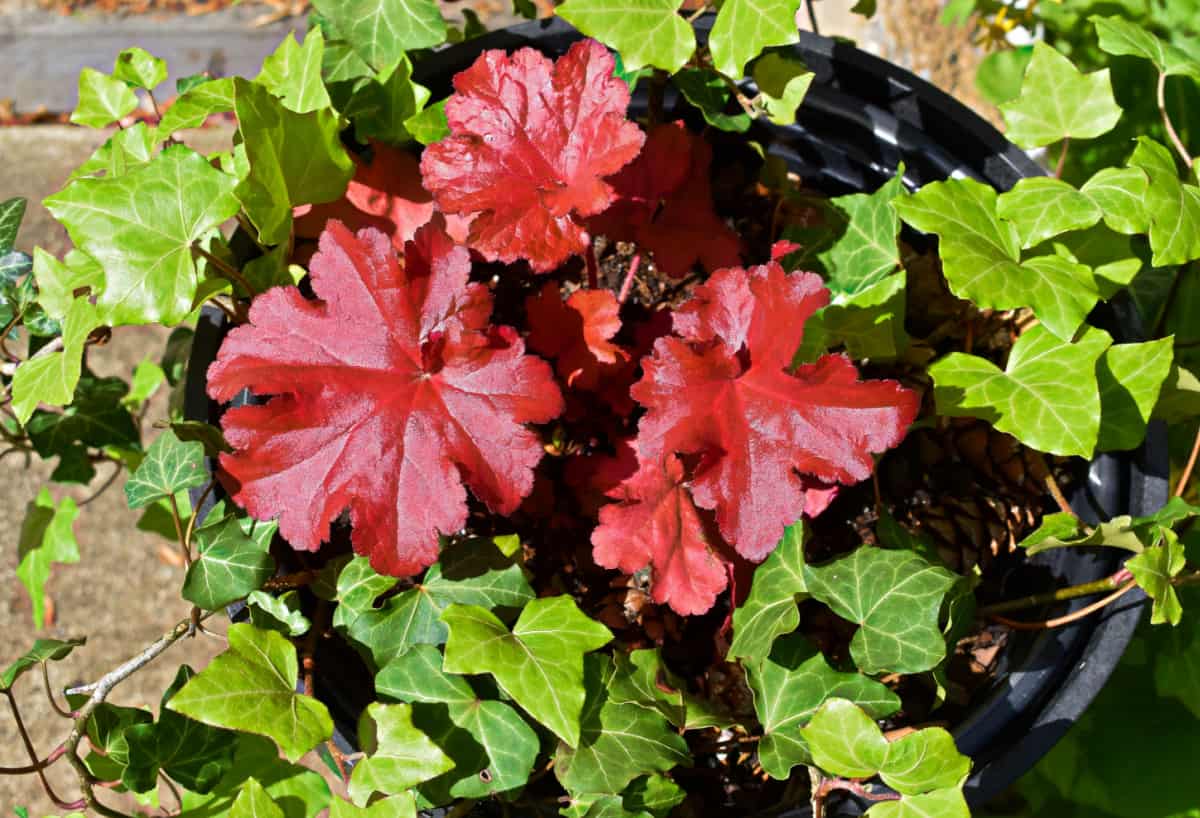
- Astilbe: Astilbe is a delicate plant that blooms in the summer. It prefers moist soil, so you may need to water it more frequently than your English ivy. However, astilbe is a beautiful addition to any garden.
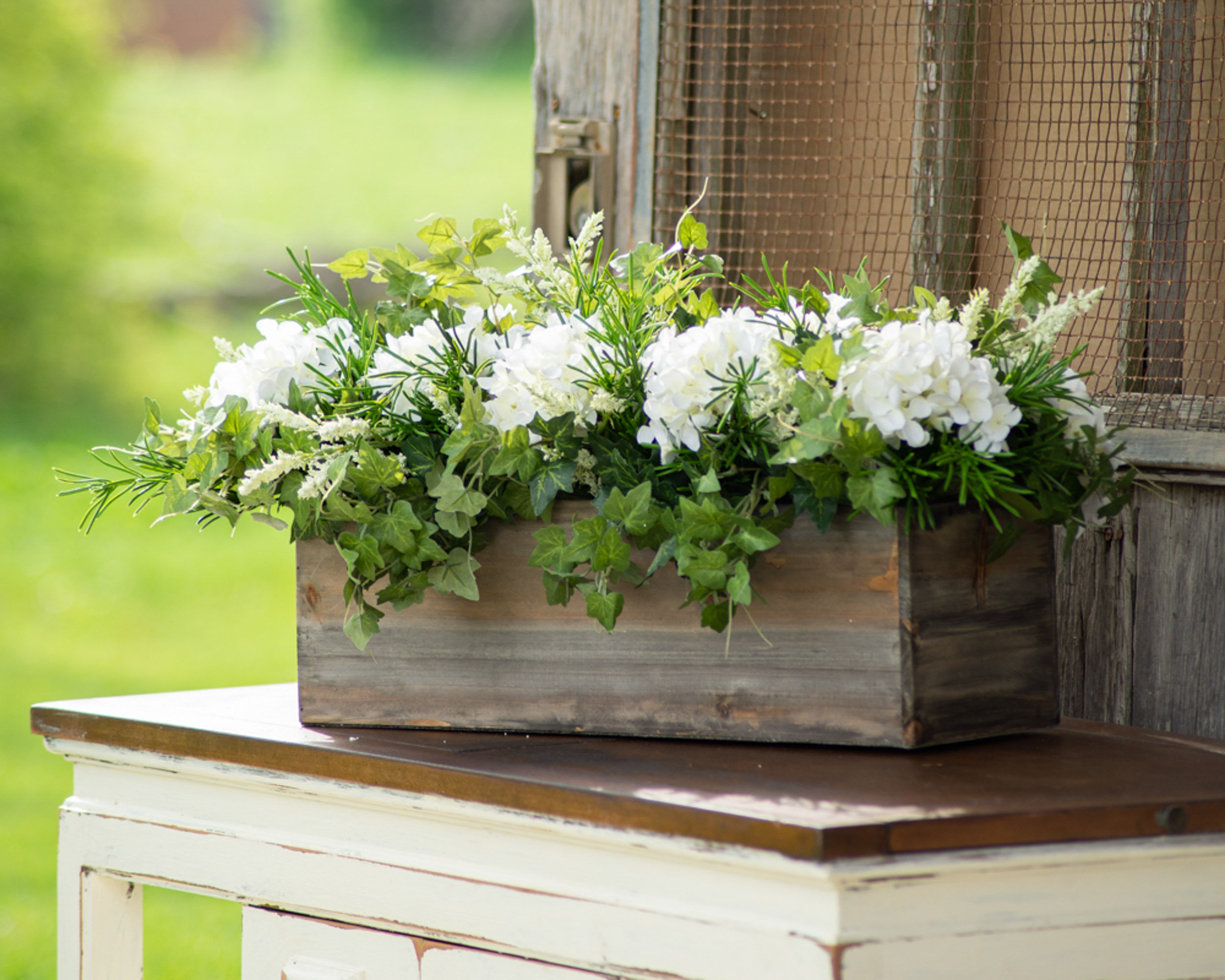
## Planting and Care Tips
When planting English ivy with companion plants, it is important to space them correctly. English ivy can grow quite large, so you need to give it enough room to spread out. As a general rule, space English ivy plants about 3 feet apart.
When caring for English ivy with companion plants, it is important to water them regularly, especially during the first year of growth. You should also fertilize your plants every few months with a balanced fertilizer.
## Conclusion
English ivy is a versatile plant that can be used in a variety of ways in the garden. It is relatively easy to care for and can be grown in a variety of conditions. When choosing companion plants for English ivy, it is important to consider the light, water, and soil requirements of both plants. By following these tips, you can create a beautiful and thriving garden with English ivy and its companion plants.
English ivy is a versatile plant that can be used in a variety of settings, from groundcover to container plantings. But did you know that it can also be beneficial to plant English ivy with other plants? Companion planting is the practice of planting certain plants together for their mutual benefit. Some of the best companion plants for English ivy include:
- Ferns: Ferns and English ivy both thrive in shady areas with moist soil. They can create a lush, green landscape and help to fill in spaces in your garden.
- Hostas: Hostas are another shade-loving plant that can complement the evergreen foliage of English ivy. They come in a variety of colors and textures, so you can find the perfect ones to add interest to your garden.
- Liriope: Liriope is a hardy perennial that can tolerate a variety of conditions. It has attractive grass-like leaves and spikes of purple flowers in the summer.
- Heucheras: Heucheras are known for their colorful foliage, which can add a touch of brightness to your garden. They are also relatively low-maintenance plants.
- Astilbe: Astilbe is a flowering plant that blooms in the summer. It has delicate, feathery foliage and spikes of pink, white, or purple flowers.
For more information about English ivy companion plants, please visit Garden Wiki.
FAQ of english ivy companion plants
Q: What are some good companion plants for English ivy?
A: English ivy can be a versatile plant that can be used in a variety of settings, but it's important to choose companion plants that will complement its needs. Some good companion plants for English ivy include:
- Ninebark (Physocarpus): This shrub is known for its showy flowers and colorful fall foliage. It can help to provide some structure and height to an English ivy planting.

- Juniper (Juniperus): This evergreen shrub can help to add some contrast to the green foliage of English ivy. It's also tolerant of shade, which makes it a good choice for planting under English ivy.
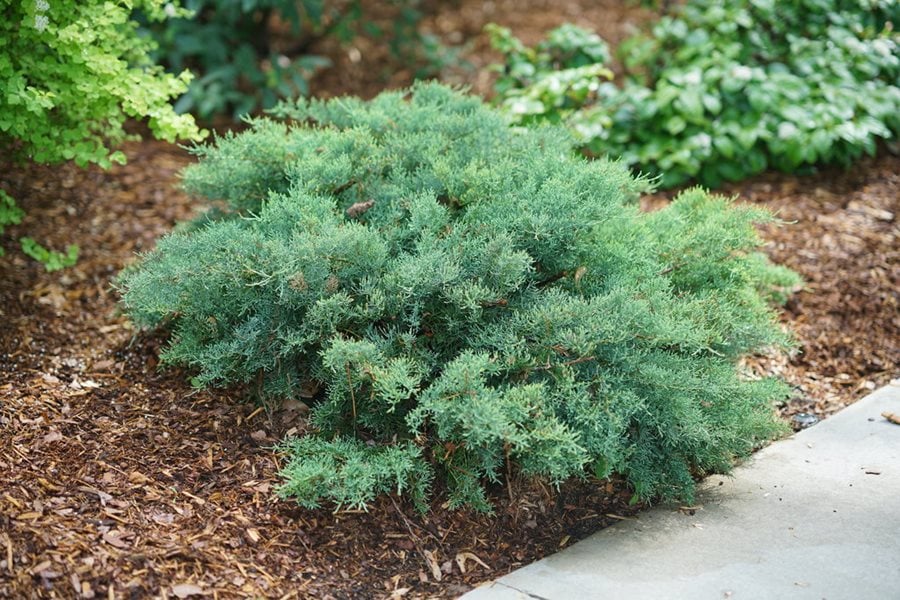
- Potentilla (Potentilla): This flowering plant is known for its bright flowers and low-maintenance growth habit. It can help to add some color and interest to an English ivy planting.

- Euonymus (Euonymus): This deciduous shrub is known for its colorful fall foliage. It can help to add some seasonal interest to an English ivy planting.
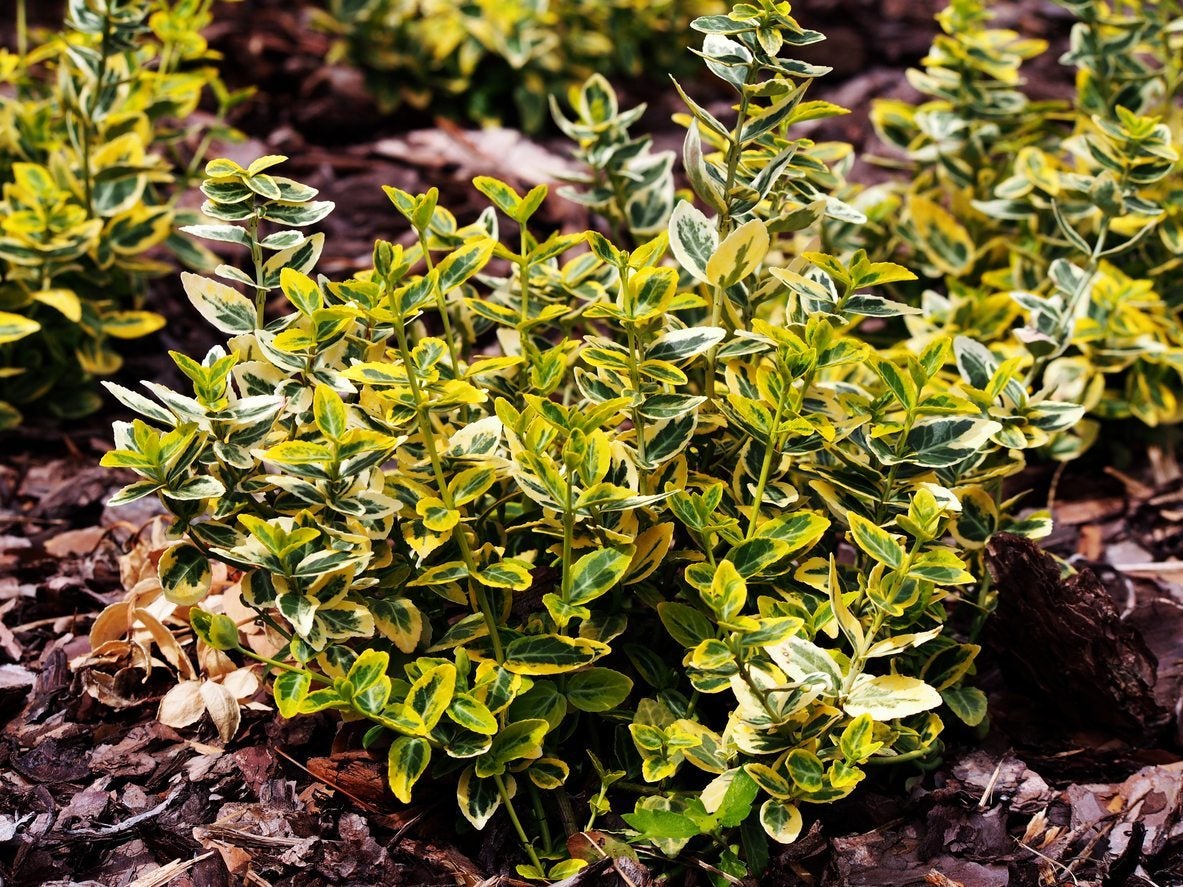
- Mock orange (Philadelphus): This shrub is known for its sweetly fragrant flowers. It can help to add some color and fragrance to an English ivy planting.
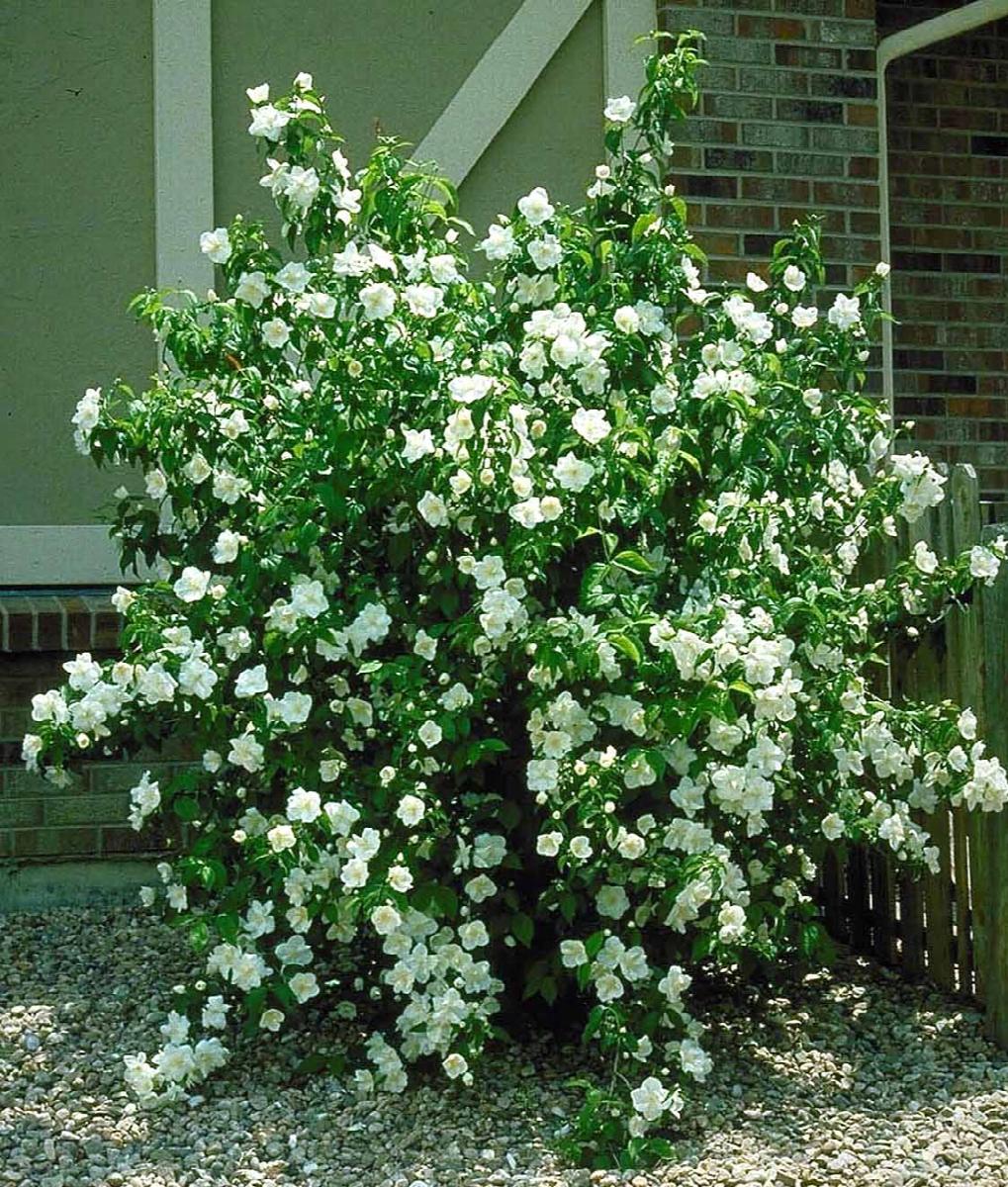
Q: What are some plants that should not be planted with English ivy?
A: There are a few plants that should not be planted with English ivy, as they can compete for resources or be susceptible to the same pests and diseases. These plants include:
- Holly (Ilex): Holly can be susceptible to the same pests and diseases as English ivy, and it can also compete for resources.
- Wisteria (Wisteria): Wisteria is a fast-growing vine that can quickly outgrow English ivy. It can also be invasive and damage property.

- Virginia creeper (Parthenocissus quinquefolia): Virginia creeper is another fast-growing vine that can quickly outgrow English ivy. It can also be invasive and damage property.
- Boston ivy (Parthenocissus tricuspidata): Boston ivy is another fast-growing vine that can quickly outgrow English ivy. It can also be invasive and damage property.

- Rhododendron (Rhododendron): Rhododendrons are susceptible to a number of pests and diseases that can also affect English ivy.

Q: What are some tips for planting English ivy with companion plants?
A: When planting English ivy with companion plants, there are a few things to keep in mind:
- Choose companion plants that have similar sunlight and water requirements.
- Plant companion plants at a similar distance apart.
- Monitor the plants closely for signs of pests or diseases.
- Prune the plants regularly to keep them in check.
Q: How do I care for English ivy and its companion plants?
A: English ivy and its companion plants are relatively low-maintenance plants. However, there are a few things you can do to help them thrive:
- Water the plants regularly, especially during hot, dry weather.
- Fertilize the plants every few months with a balanced fertilizer.
- Prune the plants regularly to keep them in check and promote new growth.
- Monitor the plants for signs of pests or diseases and treat them promptly if necessary.
Image of english ivy companion plants
5 different images of English ivy companion plants:
- Hosta is a shade-loving plant that can tolerate the same conditions as English ivy. It has large, heart-shaped leaves that come in a variety of colors, including green, blue, and yellow.

- Astilbe is another shade-loving plant that can grow well with English ivy. It has tall, feathery blooms that come in shades of white, pink, and purple.

- Brunnera is a hardy plant that can tolerate full sun to partial shade. It has blue or white flowers that bloom in the spring and early summer.
- Heuchera is a colorful plant that comes in a variety of leaf colors, including green, red, and orange. It can tolerate full sun to partial shade.

- Pachysandra is a groundcover plant that can help to suppress weeds and create a lush, green carpet. It is tolerant of shade and can grow in moist or dry soil.
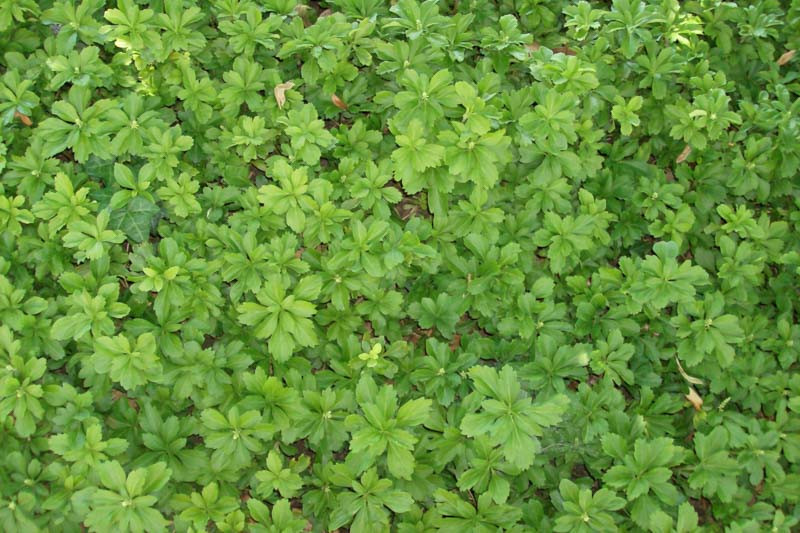


Post a Comment for " Best English Ivy Companion Plants That Will Thrive Together"